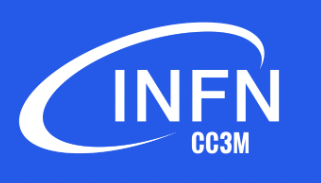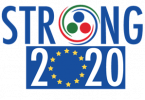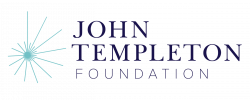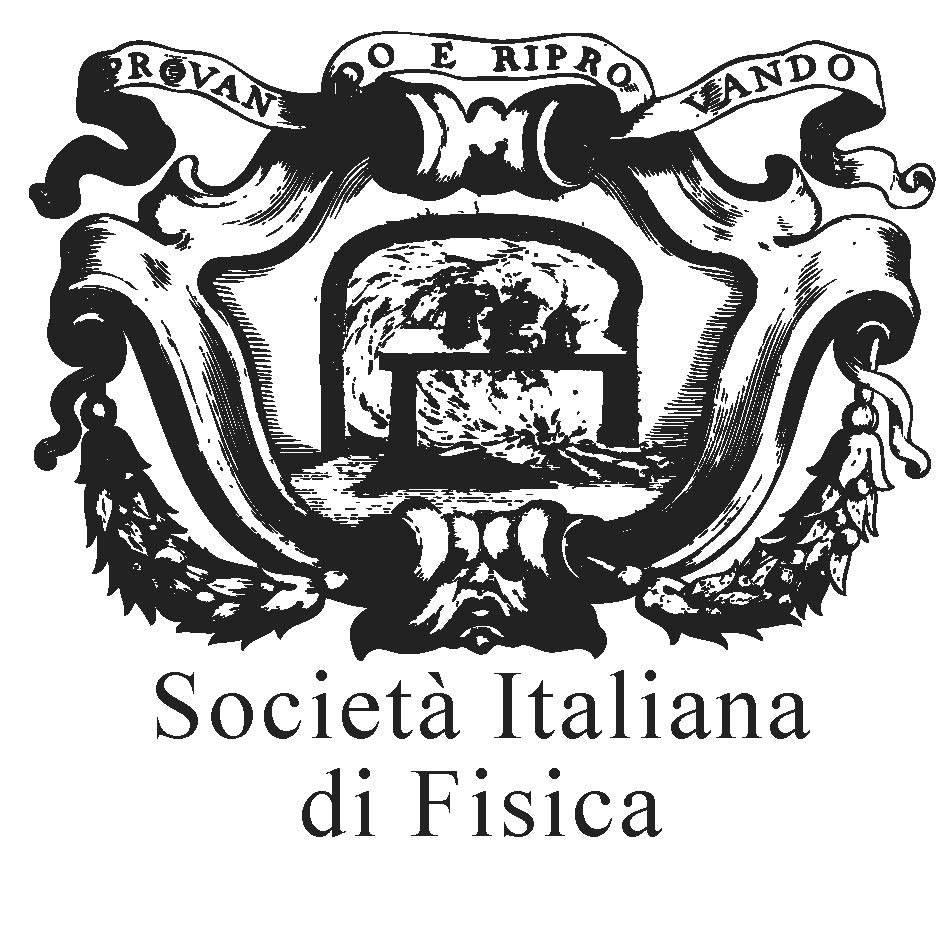Unveiling the power of nuclear physics in society
INSPYRE 2025 participants will take part in four experimental activities in turn on Tuesday, July 15 and Wednesday, July 16. Below is a detailed description of the activities.
Experiments
1 – Rutherford Backscattering at CN accelerator (Valentino Rigato, Matteo Campostrini, INFN-LNL)
The activity will take place at the CN particle accelerator of the Legnaro National Laboratories (LNL) and will focus on the theoretical and experimental aspects of Rutherford Backscattering Spectrometry (RBS), a non-destructive technique for elemental and structural characterization of materials, with particular attention on thin films. The basic principles of RBS will be introduced, providing information on composition, elemental depth distribution, and layer thickness. The main instruments involved will be presented, including the ion accelerator, particle detectors, and data acquisition. The practical part will include the characterization of thin film materials using ion beams, highlighting the potential of the technique through scientific and technological application examples.
Valentino Rigato is technology executive at the Italian National Institute of Nuclear Physics – National Laboratories of Legnaro, where he is responsible for research projects in nuclear and interdisciplinary physics and where he works at the development of advanced technologies with direct applications to particle accelerators, new radiation detectors, ultra-high purity nuclear targets and novel quantum materials. With remarkable experience in high sensitivity Ion Beam micro-Analysis and in the design of novel processes and instrumentation, his expertise ranges from surface and atomic interfaces characterization with micro-focused MeV ion beams and ion-surface interaction studies to thin films processes for the synthesis of nano-structured materials using physical vapor deposition plasma methods. V. Rigato co-authored about 220 scientific papers published in peer-reviewed international journals.
Matteo Campostrini
2 – Particle Induced X Ray Emission at AN2000 accelerator (Andrea Gozzelino, INFN LNL)
Particle Induced X Ray Emission at AN2000 electrostatic accelerator on coloured Kremer pigments (nuclear physics applied to cultural heritage).
Andrea Gozzelino, bachelor degree in Turin and PhD in Padua in physics, has been working with the Compact Muon Solenoid experiment since the three-year thesis period (2006). At Legnaro National Laboratory since November 2009 as a technologist, he is currently in charge of data acquisition systems for local nuclear and intedisciplinary physics experiments. Since 2010 he has been coordinating science communication activities. Since June 2020, he has been the Head of the Library, Communication and Documentation Service of LNL. He is passionate about mountains, grows a vegetable garden and tends fruit trees, and has played basketball for numerous years.
3 – Data Analysis (Davide Ford, INFN LNL)
During this activity, students will use the program XRump to solve some scientific problems.
Davide Ford
4 – Exploring the radioactivity around us (Nedime İrem Elek, Matteo Albèri, Univ. di Ferrara)
This interactive lesson introduces students to natural radioactivity through real outdoor measurements using portable gamma-ray spectrometers. After a theoretical introduction to atomic structure and radiation types, students will detect and analyze gamma emissions from natural sources like Uranium, Thorium, and Potassium. They will learn how to interpret energy spectra and understand the principles of radiation interaction with matter. The activity combines field exploration, data analysis, and scientific reasoning, offering a hands-on experience of how environmental radioactivity is studied in research, monitoring, and safety applications.
Nedime İrem Elek is a PhD student in nuclear physics with strong expertise in environmental radioactivity and gamma spectroscopy. She has worked on radon risk, sediment dating, and ecological impact studies, and is passionate about using nuclear techniques for environmental research.
Matteo Albèri is a member of the Laboratory of Nuclear Technologies Applied to the Environment at the University of Ferrara. He holds a degree in Astrophysics and Cosmology from the University of Bologna and earned a PhD in Physics from the University of Ferrara. Passionate about science since childhood, he is fascinated by the interplay between scientific disciplines, which he integrates into his daily work. His activities focus on gamma spectroscopy applied to environmental radioactivity measurements, photogrammetry, statistical analysis, algorithm development for data processing and interpretation, and physics education.
With the support of
With the cooperation of





